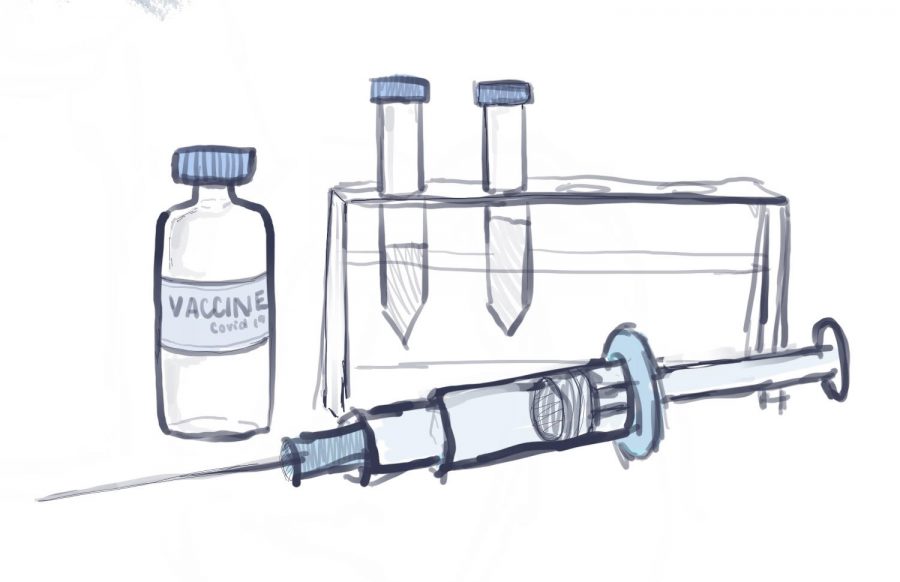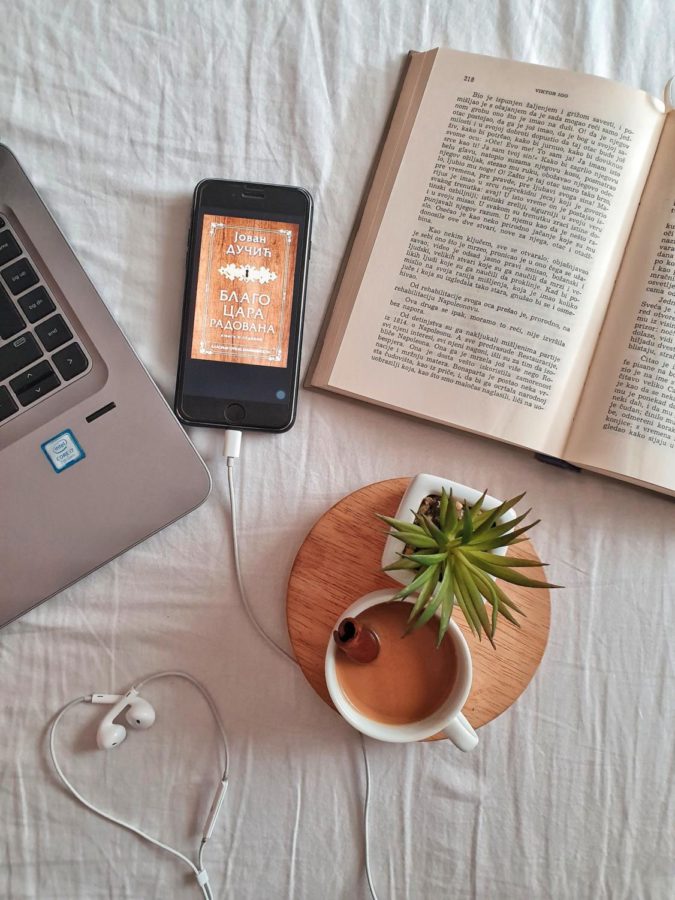How New Testing Methods Have Changed the COVID-19 Process
Soon, testing methods will be more accessible for the masses, allowing the United States to fight the coronavirus more effectively. (Image/Amy Zhou ’23)
May 27, 2020
Though the United States has conducted over 12 million COVID-19 tests, significantly more will be required in order to return to normal life. Many states in the U.S. currently lack the resources to be able to perform large quantities of tests, which delays the nation’s ability to reopen businesses and ease social distancing. In order to address these problems, hundreds of universities, laboratories, and companies are working on developing new and efficient methods of testing, both through viral and antibody tests. Two recent developments have the potential to be significant advancements in testing: a saliva-based test from Rutgers and a new antibody test from Roche.
The FDA recently gave the Rutgers “spit test” emergency authorization. This revolutionary test uses easy-to-obtain saliva samples as opposed to deep nose swabbing–a development that will allow for more patients to get tested. According to Andrew Brooks, Chief Operating Officer of RUCDR Infinite Biologics at Rutgers, the new saliva test “will not require health care professionals to be put at risk to collect samples.” The self collection of saliva is much more efficient than the alternative. In addition, it reduces contact with healthcare professionals who may spread the virus. This testing method allows for resources to be preserved as well as increase the number who have access to this technique.
Additionally, Roche recently developed a COVID-19 antibody test that also received emergency authorization from the FDA. This test has produced astonishing results, with a specificity rate greater than 99.8 percent. The test not only allows the patient to determine whether or not they have been exposed to the virus, but also to see if any potential antibodies have been developed. It is very accurate and is not known to show cross reactivity to viruses of the common cold. A blood sample is used in this test to determine the presence of an antibody. Results can then be obtained in about 18 minutes. This test is a vital step in moving toward a vaccine and easing back into regular life.
While these advancements in testing will not end the pandemic, they show progress and give people much needed hope that we are headed in the right direction.






